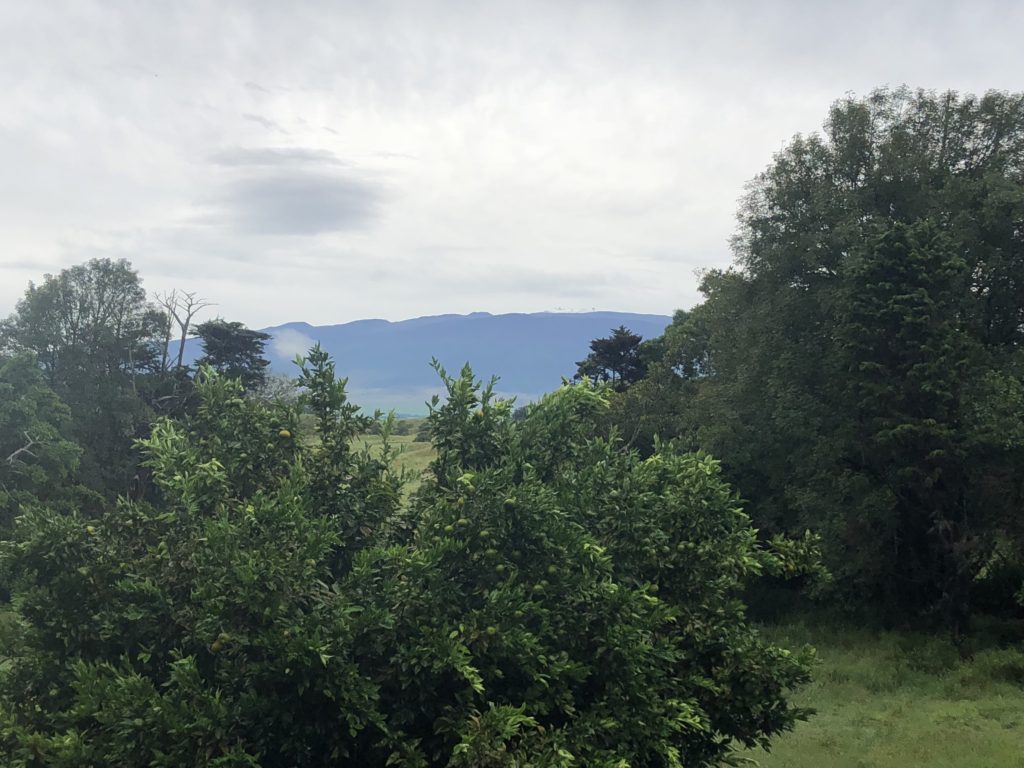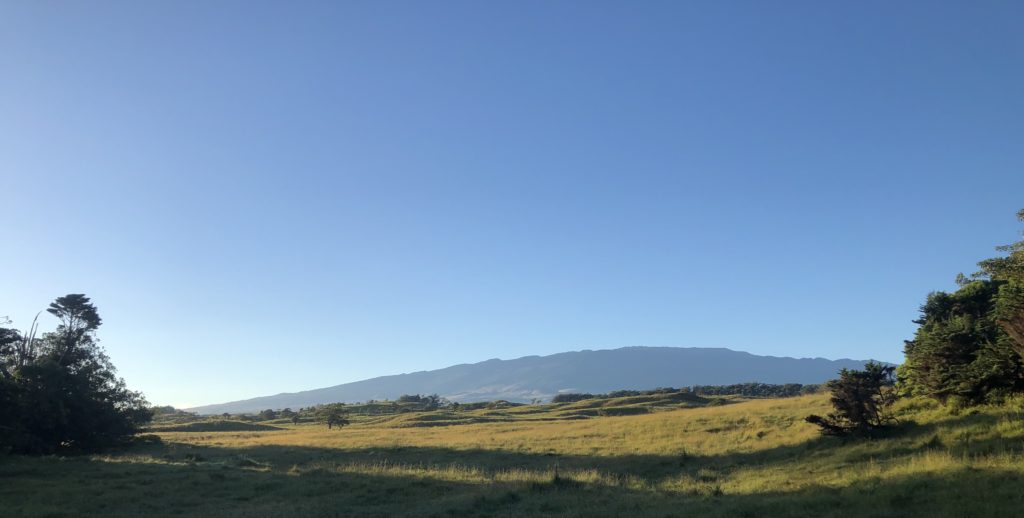
No, this is not a humpback and has nothing to do with humpback research in Hawaii. I was just looking for a picture to post, and remembered I took this for my daughter a few months back. This elderly ewe was named Panda, and she lived to be about 13 because my daughter absolutely insisted that I take her to the vet when we spotted her as a newborn, wriggling on the grass in the pasture, abandoned by her mother. She was one of a pair, and definitely got the short end of the stick. She was less than half her brother’s size, and hideously misshapen because he had taken so much room in the womb! The vet didn’t think much of her chances, but we brought her in and my daughter bottle fed her, and she lived to a ripe old age! I love bottle fed lambs, and the sheep they become, because they are as friendly as dogs. As with all sheep that I’ve ever been around, they have a very calming influence on me. For that reason alone, they are worth the effort it takes to keep them healthy!
The humpbacks have left for the 2018/2019 season.
There were far fewer of them this year, and no one yet knows why. I hope that the humpback research in Hawaii will help to solve this mystery. I did not get a chance to get out on the water to listen to their songs, but I’ve done so in the past and know that it is a peak experience. For whatever reason, listening to recordings does not compare. Perhaps it is the fact that I’m not sitting quietly in a canoe of kindred souls, in what has to be one of the most beautiful places on earth, but I think it is more than that. I don’t think the recordings capture the sound as faithfully as I would like. Here’s a link to the Jupiter Research Foundation archive of humpback songs recorded off of Pauko: http://jupiterfoundation.org/whale-song-archive-hawaii
The Jupiter Research Foundation is a non-profit organization that is devoted to helping the humpbacks, and is seeking to build a center in Kawaihae harbor.
The organization has been in existence for quite a while, and actually live-streams whale songs from the Pauko Bay Area from mid-January till mid-March. They also have a webcam that provides views of the waters of Pauko Bay and parts of the Alenuihaha Channel. It is only operational during whale season, but it’s a great resource during that time period: http://jupiterfoundation.org/webcam. They have looked at many alternatives to increase their research facilities, and have identified Kawaihae Harbor as the most promising. Here’s a newspaper article about them: https://www.westhawaiitoday.com/2019/03/26/hawaii-news/marine-research-center-proposed-for-kawaihae-harbor/
The article does not say whether the proposed center will be open to the public, but the environmental assessment does. There will be no visitors’ center, but escorted school field trips may be permitted.
If you are really interested, the Environment Assessment produced as part of their attempt to build a facility at Kawaihae is an excellent read!
It is really well-written, gives an excellent overview of the history of the area and another marine research facility that will some day be built in Pauko, and describes some of the truly amazing inventions The Jupiter Foundation has already designed and implemented that have helped in the study of Humpbacks. Here’s a link: http://oeqc2.doh.hawaii.gov/EA_EIS_Library/2019-03-23-HA-DEA-Marine-Science-Center-at-Kawaihae-Harbor.pdf


